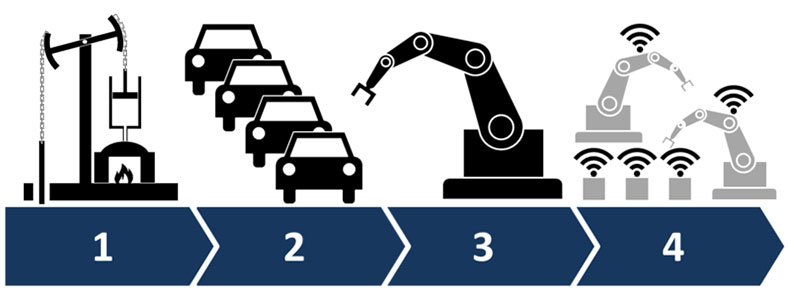Staying competitive in manufacturing is all about innovation. It may be a new product, or it may just be a better way to make existing products, such as a more energy-efficient piece of equipment or an upgrade to your PLC/HMI programming services in California.
Whatever the case may be, it typically involves an upgrade of your facilities and equipment, just like you’ll have to deal with during times of market growth.
We typically know what kind of increased revenues we’ll be dealing with, so the investment is usually easy to justify. The problem is that it can be very difficult to get the needed funds on the front end to make that initial outlay to get the expansion or upgrade underway.
Other than utilizing cash on hand (which is not widely done), companies can explore a number of different avenues for getting the required funding for an expansion project.

Borrowing
The most obvious and most popular choice is borrowing. Companies typically know where they stand in terms of creditworthiness, so they usually have a good idea of their borrowing potential for a building or equipment loan.
This option is usually quicker and less complicated, usually executed with a few phone calls to a lending officer with whom the company already has a relationship. Financing expansion with a loan allows repayment to occur on a schedule that is typically well-matched with the expected increased revenues. An added bonus is that interest rates are usually low because the equipment and buildings can serve as collateral.
Liquidation
What better way to pay for something new than to sell something old? It’s a strategy we see as consumers when we trade in a car or sell a house.
Selling off surplus equipment, vehicles, facilities, and property can accomplish two goals. Not only can it help pay for something more useful, it can also eliminate unneeded items while they still have value, saving them from rust and rot while also cutting out the overhead of insurance, upkeep, and taxes.
The only downside here is the imbalance between outgoing and incoming funds. For example, you may have a yard sale to get rid of your kids’ outgrown clothes and raise money for new outfits, but you will spend more per item on the new garments than you receive on the old ones. Consequently, liquidation requires that you sell a lot of items to buy fewer items.
Investment
A final option is simply to allow investors to get involved. For decades, that meant some type of foray into the stock market, either as an IPO or as a later increase in the available shares. These tools remain effective, but there are other options as well.
In today’s economy, there are many investors who would like to get directly involved in a project. This can include all types of social efforts, but there are also investors out there looking to get involved in crowdfunding a manufacturing effort.
Many companies are finding this option appealing, because it bypasses brokers, government regulation, and the stock market to get the project done in-house, directly and efficiently. It may not be the tool for every situation, but it can be a good option.
Expanding a manufacturing facility or adding new equipment is a big undertaking, but it’s a great sign of a healthy business. The money needed to make the new project happen can be brought in through techniques new and old, but the goal is always the same: To help the company move forward and grow its profits. A wisely-financed project will do just that.











